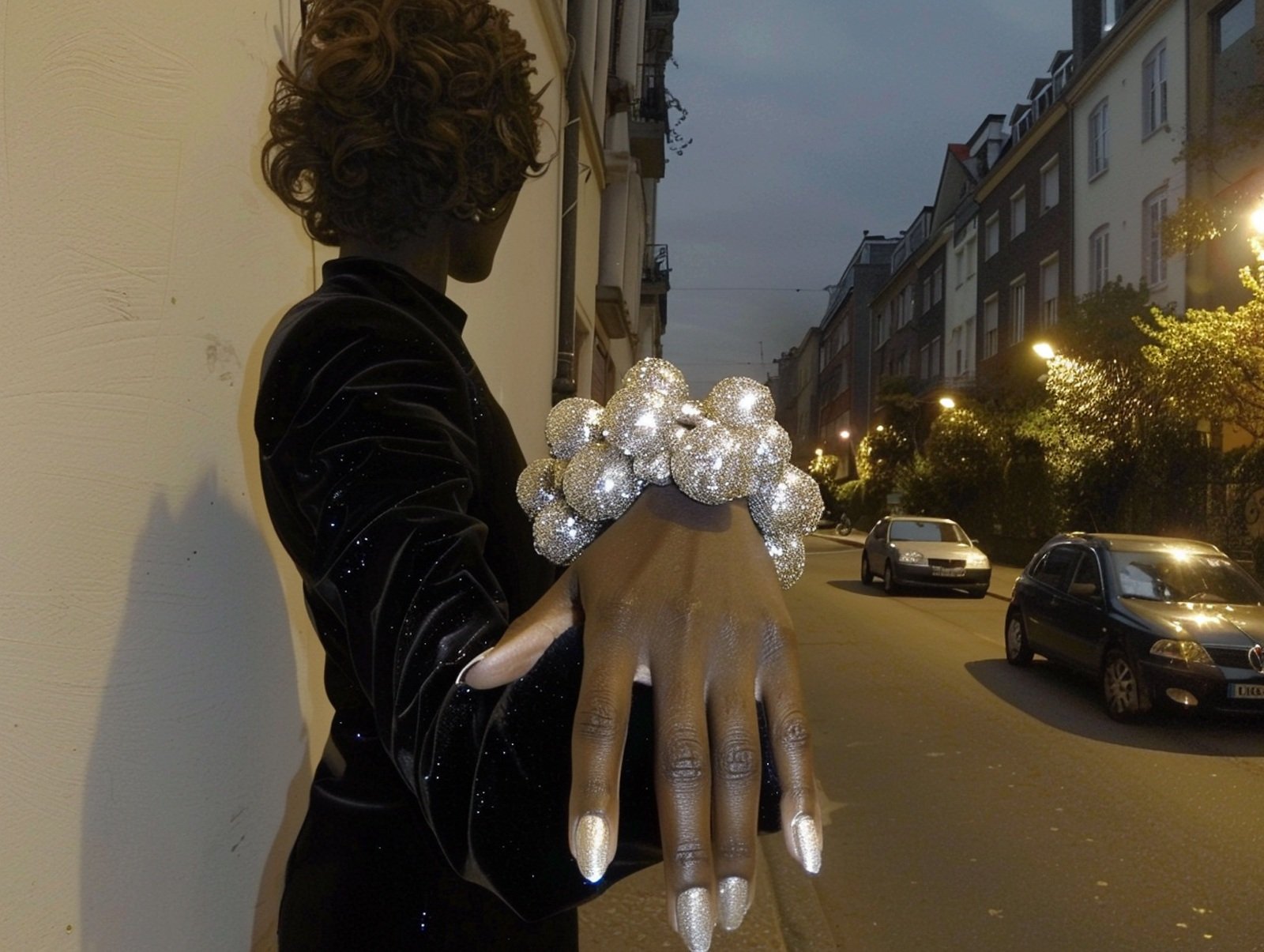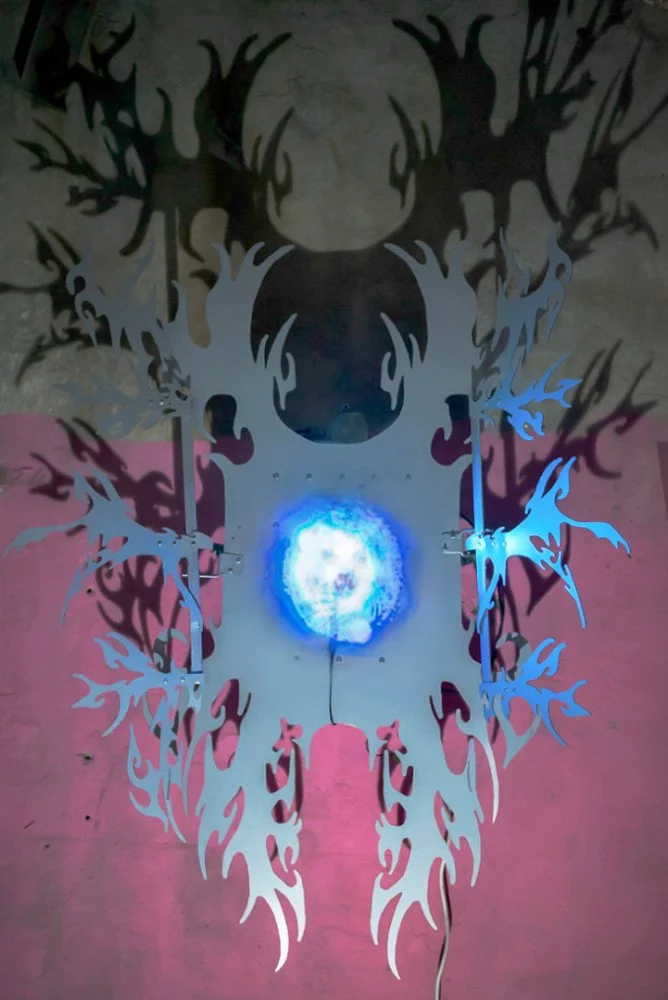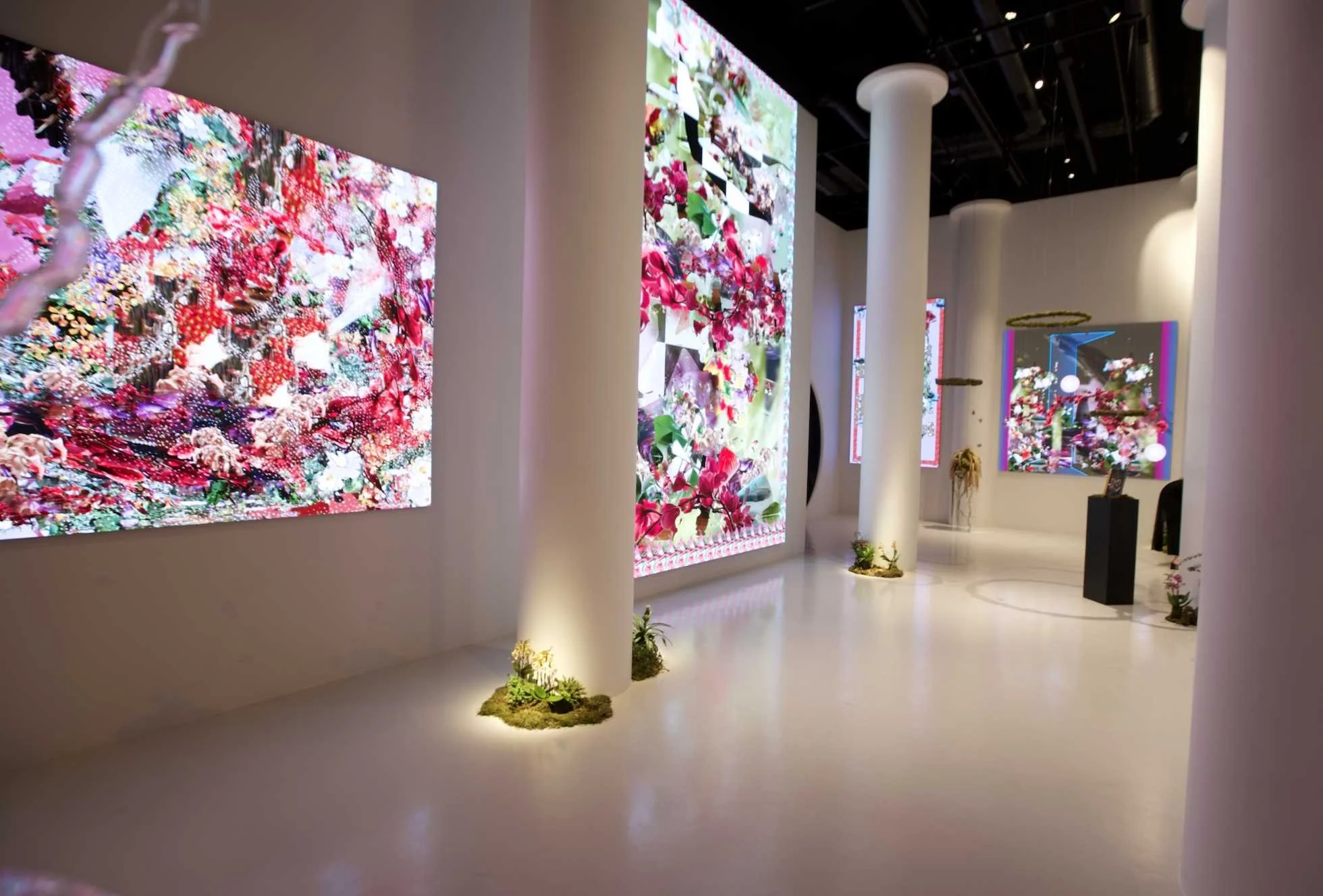0nastiia
There’s a delicate disquiet in Anastasia Vladimirskaya’s world, where beauty flickers in ruins and the uncanny takes on a haunting familiarity. As an AI artist, Anastasia doesn’t submit to technology; she moves alongside it, sculpting its logic to respond to her inner rhythms.
“AI has become an extension of my creative process,” she shares, “like a camera or a brush—something that sharpens my instincts but doesn’t replace them.”
Rather than fearing AI’s capacity to replicate, she sees it as a murmur of the collective subconscious. Through her practice, fixed perceptions of reality fragment and reconfigure into mutable, emotive compositions that waver between sensation and syntax. “AI is reshaping the art world,” she reflects. “It challenges how we define creativity and who gets to participate in it.”
Your work carries a strong dystopian aesthetic yet feels strangely intimate. What draws you to these themes?
“Dystopia, in a way, brings a sense of certainty. When a world is already broken, there’s no need to be afraid—just to observe, respond, and reinterpret. There’s beauty in that space between collapse and possibility.” Anastasia’s language of visuals is quiet but piercing.
Her art doesn’t scream; it whispers discomfort, layered with softness. Her dystopias aren’t warnings—they’re portraits of the present, filtered through memory and metaphor. “AI has fractured our reality,” she says, “but it’s also cracked open the subconscious, revealing what we’ve long kept hidden in our psyches and souls.”
How do you maintain your artistic identity while using AI?
“It’s a challenge to stay rooted in your voice when working with a machine. I think of AI as a collaborator, but the concept, the aesthetic, the composition—those still come from me.”
Her process is meticulous. Every AI-generated fragment is chosen, reworked, and placed with care. From her photography to her surreal sketches, Anastasia's hands never leave the work—she just uses more tools now.
How do ethical concerns shape your creative choices?
“Where the data comes from—that matters. It’s about being responsible and aware of what we’re feeding into these models. I want my work to feel conscious, not accidental.”
Her influences are personal and layered: dreamlike cinema, archival fashion, and the emotional pull between fear and fascination. “Surrealism helps me access that part of the mind that’s hard to explain. And AI, with its randomness and abstraction, is a way to make that visible.”
Where do you see AI taking the art world in the coming years?
“AI won’t end creativity—it’ll reshape it. We’re moving into a space where the idea matters more than the hand that makes it. But the artist’s vision? That’s still the centre of it all.” For Anastasia, the future isn’t just about innovation—it’s about intention. As AI grows more intelligent, she believes artists will be asked to go deeper, to anchor their work in meaning rather than novelty.“ AI is like a mirror,” she says. “It gives back what we put in. It doesn’t erase the artist—it amplifies them.”
Do you have any dream projects you’d love to realise?
“I’ve always wanted to make a short film entirely with AI. Right now, AI video is still limited, but I can see a time when we can shift a frame’s emotion—its texture, its light—without losing its movement. That’s the dream.”
Anastasia Vladimirskaya’s work lives in the space between tension and tenderness. She doesn’t let AI tell the story—she co-writes it, reshaping the grotesque into something quietly sacred. In her hands, technology isn’t cold or distant; it’s poetic, emotional, and unmistakably human.
Interview by JAGRATI MAHAVER
What to read next















